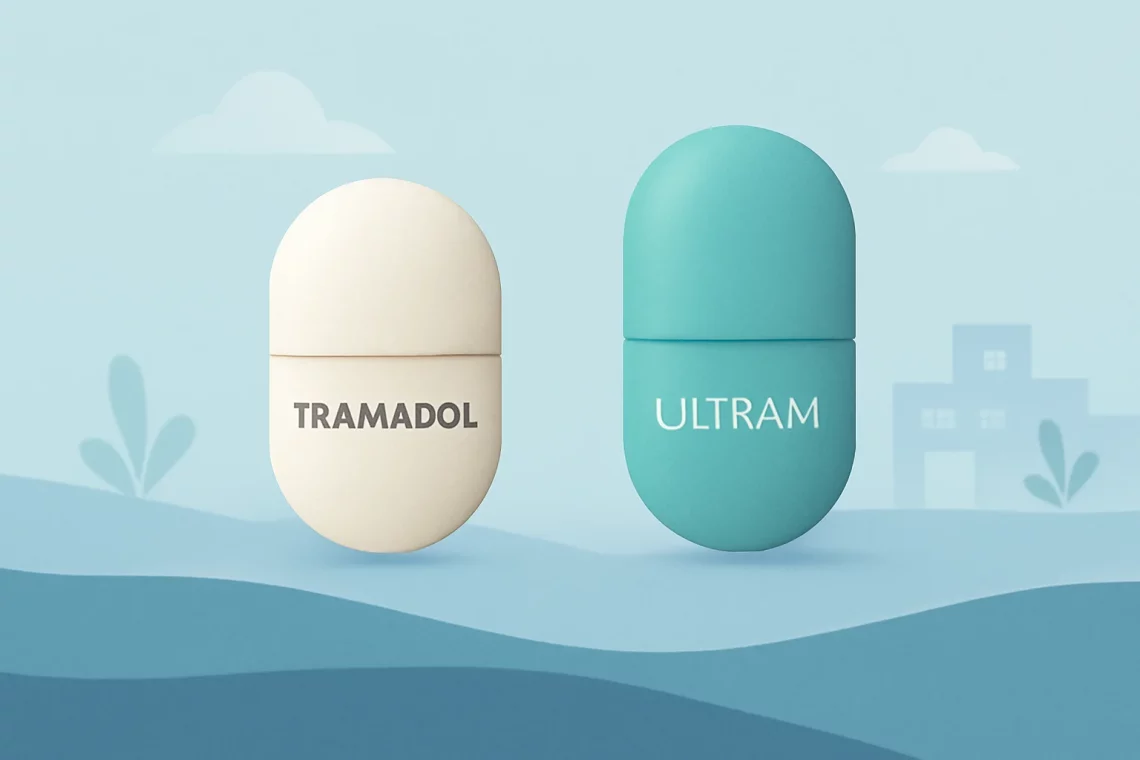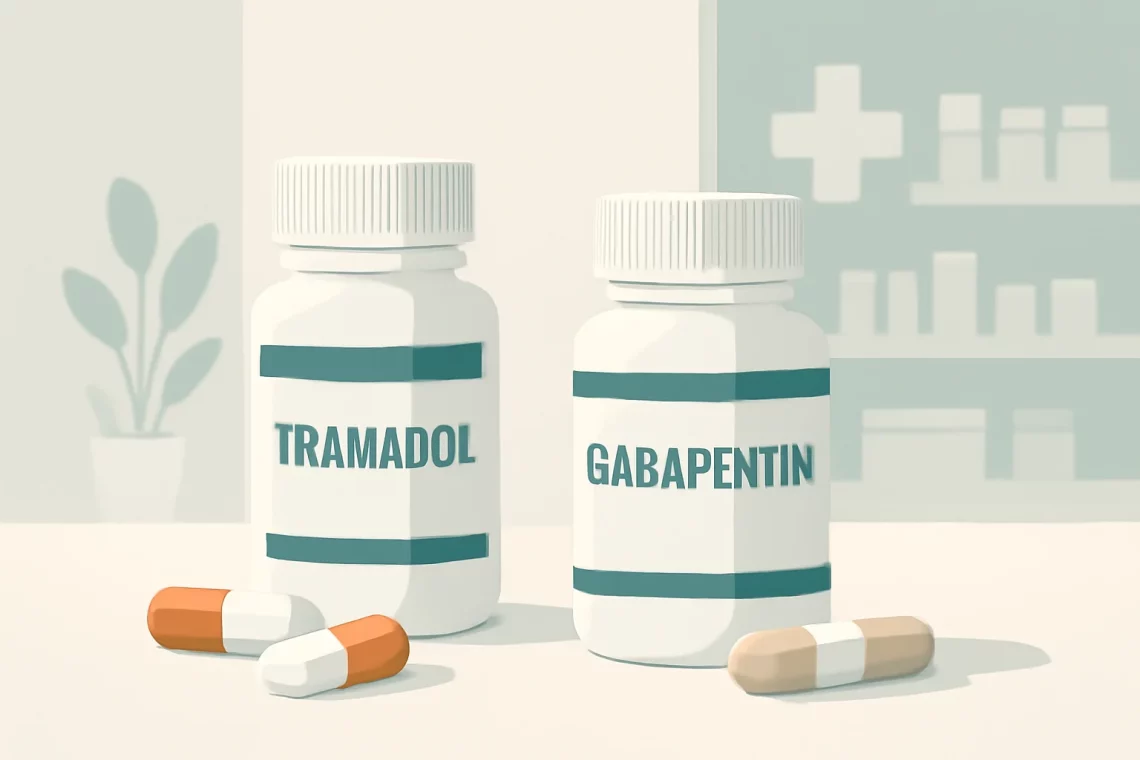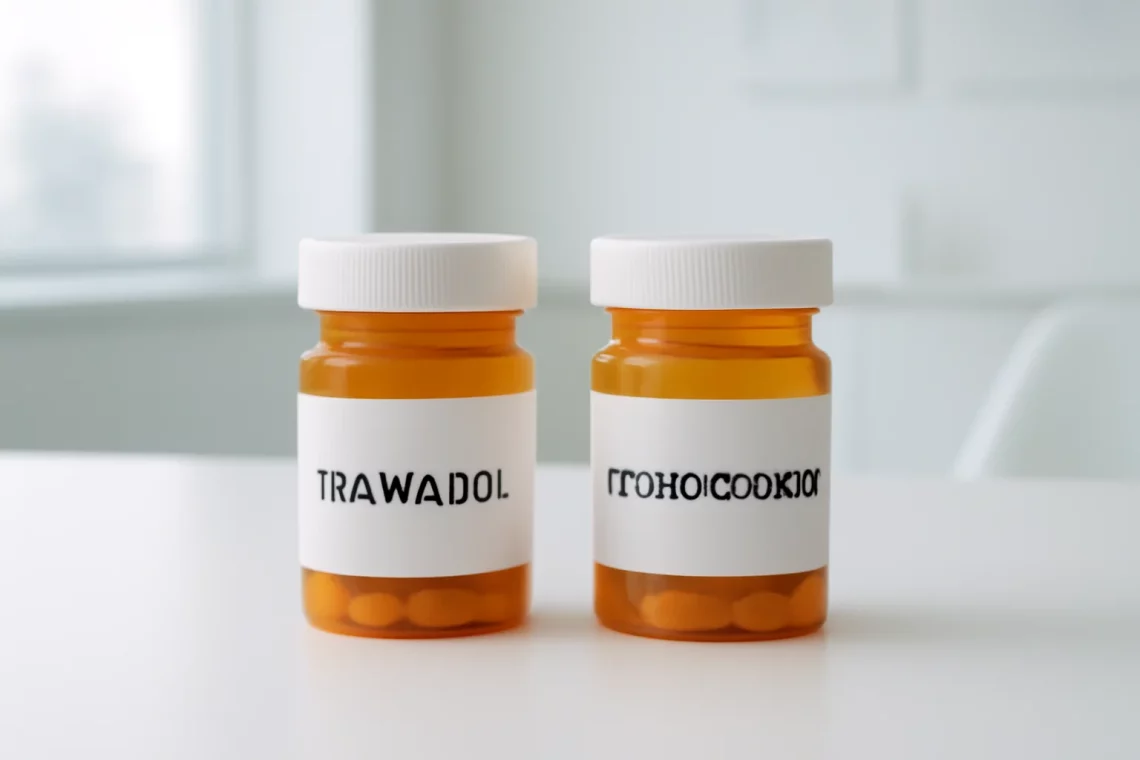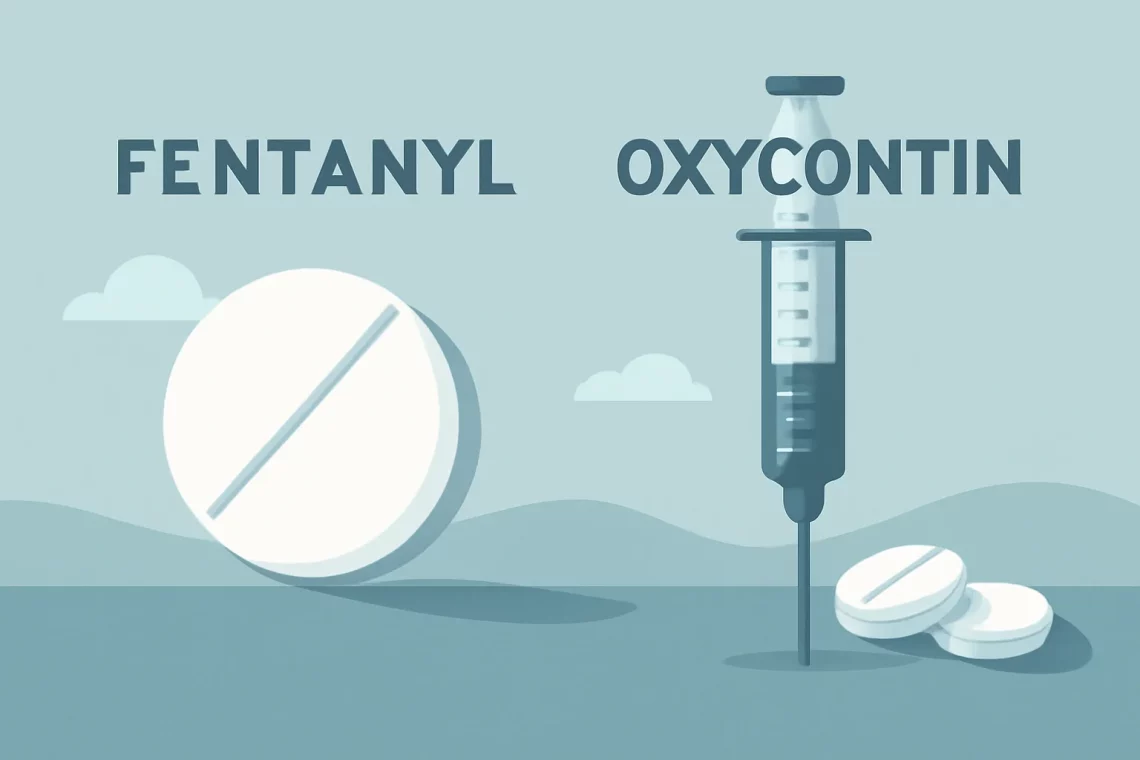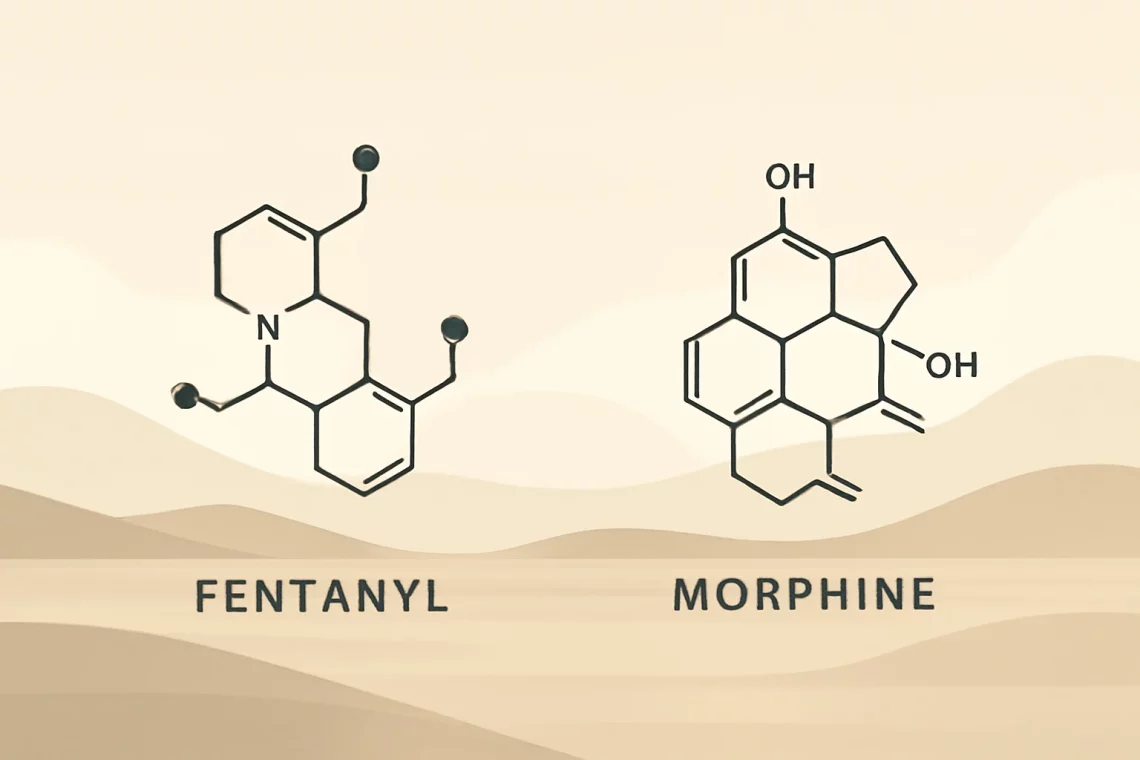-
Tramadol vs Ultram: Understanding Their Differences and Uses
Tramadol and Ultram are two terms that often evoke confusion among patients and healthcare providers alike. At first glance, one may wonder if they are distinct medications or perhaps different names for the same drug. The truth is that both terms are intricately linked, yet they represent different aspects of pain management strategies. Understanding the nuances between these terms is crucial for anyone navigating the world of pain relief medications. Tramadol is a prescription medication primarily used to treat moderate to moderately severe pain. It works by altering the way the brain and nervous system respond to pain. On the other hand, Ultram is a brand name for tramadol, and…
-
Hydrocodone vs Oxycodone: Which Pain Reliever Is Right for You?
The use of prescription pain medications has become increasingly common in managing chronic pain and postoperative discomfort. Among the various options available, hydrocodone and oxycodone are two of the most frequently prescribed opioids. Both drugs are designed to provide significant relief from pain, yet they differ in terms of their chemical composition, potency, and potential side effects. Understanding the nuances between hydrocodone and oxycodone is essential for both patients and healthcare professionals. As the opioid crisis continues to affect communities worldwide, responsible prescribing and usage of these medications are more critical than ever. Recognizing when to use one over the other can impact treatment effectiveness and the overall well-being of…
-
Tramadol vs Gabapentin: Understanding Their Uses and Differences
Tramadol and gabapentin are two medications commonly used to manage pain and neurological conditions. Both drugs have distinct mechanisms of action and are prescribed for different types of ailments. While tramadol is primarily an opioid analgesic, gabapentin is classified as an anticonvulsant and is frequently used to treat neuropathic pain and seizures. The choice between these two medications can significantly impact a patient’s quality of life, especially when it comes to managing chronic pain or neurological disorders. Understanding the differences between tramadol and gabapentin is crucial for patients and healthcare providers alike. Factors such as efficacy, side effects, and the appropriate use of each medication play a significant role in…
-
Tramadol vs Morphine: Understanding Pain Relief Options
Tramadol and morphine are two well-known medications often used for the management of pain, but they belong to different classes of drugs and have distinct properties. Understanding the similarities and differences between these two opioids can be crucial for patients, healthcare providers, and caregivers. Pain management is an essential aspect of medical care, and the choice of medication can significantly impact a patient’s quality of life. While both tramadol and morphine are effective in alleviating pain, their mechanisms of action, side effects, and potential for dependency vary. This complexity often leads to confusion among patients who may not be fully aware of what each medication entails. The opioid crisis has…
-
Tramadol vs Hydrocodone: Key Differences and Similarities Explained
The use of prescription medications for pain management has become increasingly common in recent years. Among these medications, Tramadol and Hydrocodone are two widely prescribed options that serve as effective analgesics. Both drugs belong to the class of opioids, but they have different mechanisms of action, side effects, and potential for addiction. As pain management continues to evolve, understanding the differences and similarities between these two medications is crucial for patients, healthcare providers, and caregivers. Tramadol is a synthetic opioid that works by binding to the brain’s pain receptors, while also inhibiting the reuptake of neurotransmitters like serotonin and norepinephrine. This dual mechanism allows Tramadol to provide relief from moderate…
-
Fentanyl vs OxyContin: Understanding the Key Differences and Risks
Fentanyl and OxyContin are two powerful medications that belong to the opioid class, commonly used for pain management. Despite their effectiveness, they come with significant risks and potential for abuse. Opioids have been at the forefront of discussions regarding public health, especially given the alarming rise in opioid-related overdoses and deaths. Both fentanyl and OxyContin have been implicated in this crisis, raising important questions about their safety, efficacy, and the contexts in which they are prescribed. Fentanyl is a synthetic opioid that is estimated to be 50 to 100 times more potent than morphine. It is often used in medical settings for severe pain management, particularly in patients who are…
-
Fentanyl vs Morphine: Understanding the Differences and Uses
Fentanyl and morphine are two potent medications commonly used in the management of pain. Their effectiveness, however, is accompanied by significant differences in their properties, effects, and potential risks. As healthcare professionals and patients navigate the complex landscape of pain management, understanding these differences is crucial. Fentanyl, a synthetic opioid, is known for its rapid onset and high potency, making it a powerful tool in acute pain scenarios, particularly in surgical settings and for patients with severe chronic pain. Morphine, on the other hand, is a naturally occurring opioid that has been used for centuries to relieve pain. Its well-established efficacy and safety profile make it a go-to choice for…
-
Can You Safely Take Gabapentin with Tramadol Together?
Gabapentin and tramadol are two medications commonly prescribed for various conditions, including nerve pain and anxiety. Understanding their individual effects, interactions, and potential side effects is crucial for anyone considering their simultaneous use. Gabapentin is primarily used to treat seizures and neuropathic pain, while tramadol is an opioid pain reliever that can help manage moderate to severe pain. The unique mechanisms of action for each medication mean that their combined use could have different implications for patients. As patients explore their treatment options, they may have questions about the safety of taking these medications together. The need for effective pain management is often urgent, and both gabapentin and tramadol can…
-
Can You Safely Take Gabapentin with Tramadol Together?
Gabapentin and tramadol are medications commonly prescribed for the management of pain and certain neurological conditions. Gabapentin is primarily used to treat nerve pain and seizures, while tramadol is an opioid pain reliever that is effective for moderate to severe pain. Both medications work through different mechanisms in the body, which can sometimes lead to questions about their safety when taken together. When considering the simultaneous use of gabapentin and tramadol, it’s essential to understand the potential interactions and side effects that may arise. Each of these drugs has a unique profile, and their combined effects can vary from person to person. Patients must be aware of how these medications…
-
Can You Safely Combine Tramadol and Gabapentin for Pain Management?
Pain management is a critical aspect of healthcare, particularly for individuals suffering from chronic conditions. The experience of pain can significantly affect one’s quality of life, leading to a search for effective relief methods. Among the various medications available, Tramadol and Gabapentin are commonly prescribed to help alleviate pain. Each of these medications works in different ways, targeting different aspects of pain perception and response. Tramadol is an opioid pain reliever that acts on the brain to change how the body feels and responds to pain. It is often used for moderate to moderately severe pain. Gabapentin, on the other hand, is categorized as an anticonvulsant and is primarily used…
